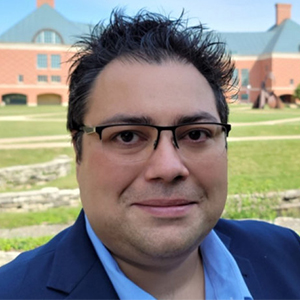Infrastructure design and environmental impact assessments in riverine, estuarine, coastal/oceanic, and atmospheric environments often rely on theoretical models. However, these models frequently struggle to accurately predict the complex mechanics of turbulent flows, infrastructure-human interaction, nutrient cycles, sediment bed, vegetation, and other factors. While many of these models were developed with limited datasets and simplistic approximations, advances in computational capabilities and experimental methods offer broader access to larger and better datasets, enabling researchers to explore previously unexplored physical processes and phenomena.

In this presentation, I will showcase how fundamental environmental fluid mechanics concepts and high-fidelity simulations were applied to tackle problem-specific challenges across different scales, develop detailed datasets, and explore new physics in coastal engineering, wind energy projects, and atmospheric flows. These case studies illustrate how integrating physics and data can lead to the development of engineering tools. Furthermore, I will discuss ongoing and future research directions related to coastal/ocean resources and environmental fluid mechanics, as well as opportunities for interdisciplinary research projects.
Dr. Dimitrios Fytanidis is a computational climate scientist at Argonne National Laboratory and an adjunct research assistant professor in the Department of Civil and Environmental Engineering at the University of Illinois at Urbana-Champaign. He earned his Ph.D. in Civil Engineering from the University of Illinois at Urbana-Champaign in 2020. His research interests lie at the intersection of fluid mechanics, computational fluid dynamics, and computational hydraulics, and high-performance computing with possible environmental, energy, mechanical, biomechanical or other interdisciplinary applications.